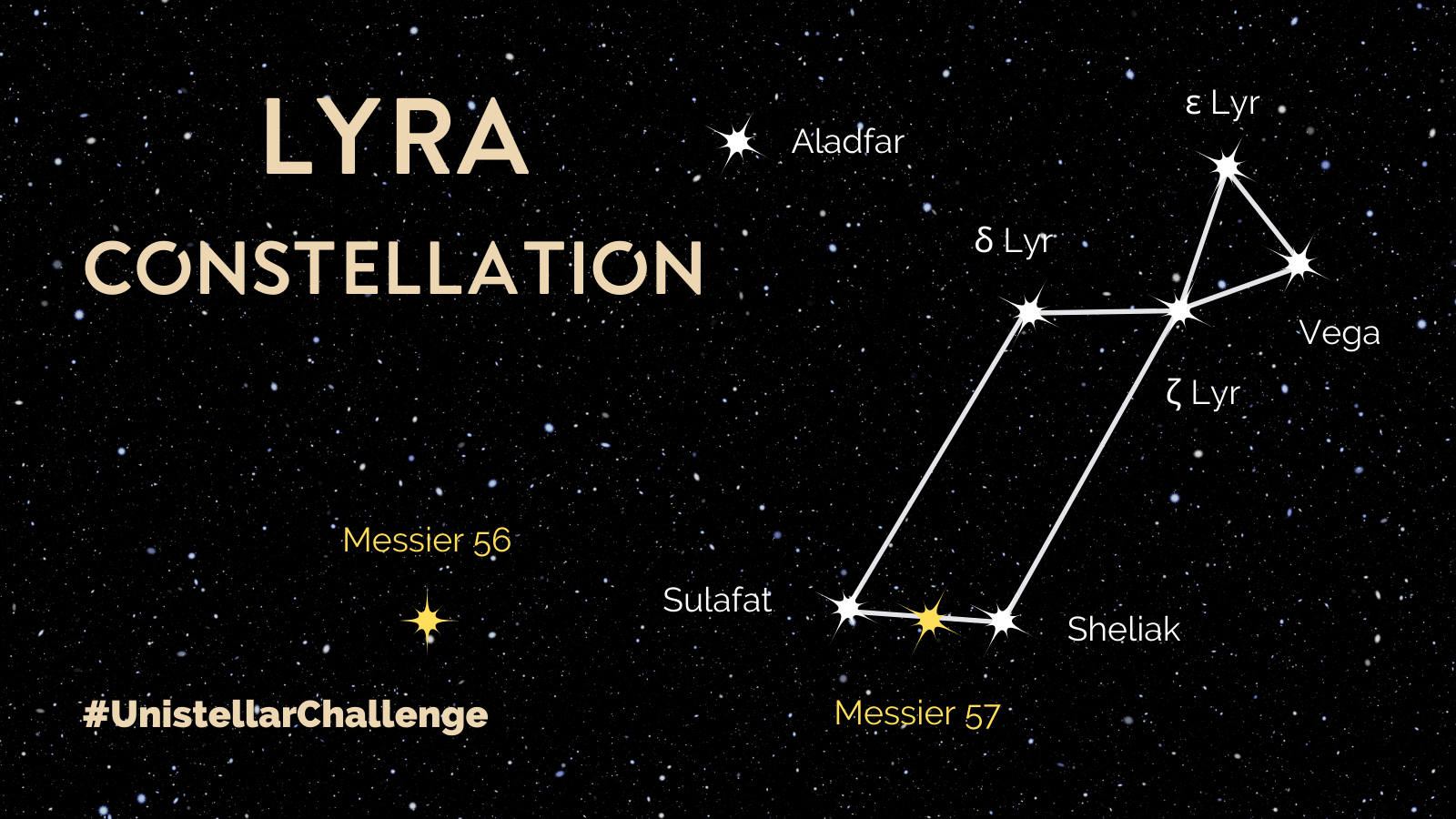DAY 14
11 rounds on Sock B

Lyra (Latin for ‘lyre’) is one of the 48 constellations listed by the 2nd century astronomer Ptolemy, and is one of the modern 88 constellations recognized by the International Astronomical Union. Lyra was often represented on star maps as a vulture or an eagle carrying a lyre, and hence is sometimes referred to as Vultur Cadens or Aquila Cadens (“Falling Vulture”3 or “Falling Eagle”), respectively. Beginning at the north, Lyra is bordered by Draco, Hercules, Vulpecula, and Cygnus.
In Greek mythology, Lyra represents the lyre of Orpheus. Orpheus’s music was said to be so great that even inanimate objects such as rocks could be charmed. Joining Jason and the Argonauts, his music was able to quell the voices of the dangerous Sirens, who sang tempting songs to the Argonauts. At one point, Orpheus married Eurydice, a nymph. While fleeing from an attack by Aristaeus, she stepped on a snake that bit her, killing her. To reclaim her, Orpheus entered the Underworld, where the music from his lyre charmed Hades, the god of the Underworld. Hades relented and let Orpheus bring Eurydice back, on the condition that he never once look back until outside. Unfortunately, near the very end, Orpheus faltered and looked back, causing Eurydice to be left in the Underworld forever. Orpheus spent the rest of his life strumming his lyre while wandering aimlessly through the land, rejecting all marriage offers from women.
Vega and its surrounding stars are also treated as a constellation in other cultures. The area corresponding to Lyra was seen by the Arabs as a vulture or an eagle diving with folded wings. In Wales, Lyra is known as King Arthur’s Harp (Talyn Arthur), and King David’s harp. The Persian Hafiz called it the Lyre of Zurah. It has been called the Manger of the Infant Saviour, Praesepe Salvatoris. In Australian Aboriginal astronomy, Lyra is known by the Boorong people in Victoria as the Malleefowl constellation. Lyra was known as Urcuchillay by the Incas and was worshipped as an animal deity.
Using colours that speak of music to you, work the chart found HERE
Comments
Post a Comment